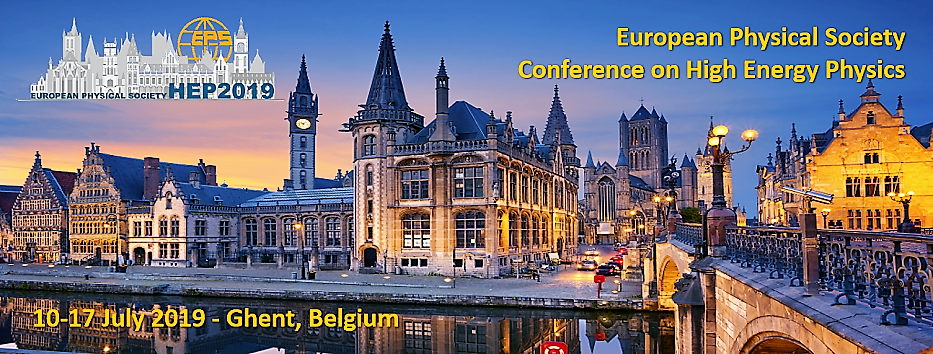Speaker
Description
We will report our intense R\&D activity focused on the development of a Multi-Strip readout, Multi-Gap Resistive Plate Chamber (MSMGRPC), aiming to fulfil performance requirements of high energy physics experiments with high counting rate and high multiplicity environment.
Triggerless mode operation needed in a high interaction rate experiment requires a negligible noise or spurious signals from detectors and front-end electronics. Therefore, a close to perfect impedance matching between the detector and the electronics is mandatory and challenging for the counter design.
An innovative chamber design based on a method which gives the possibility to tune the characteristic impedance of the signal transmission line to the one of the FEE channel will be reported. The optimized design of the MGMSRPC prototype fulfils simultaneously two main, but antagonist, requirements for strip readout MRPCs: the granularity and the impedance matching to the front-end electronics.
The results obtained with such a prototype in heavy ions in-beam tests (SIS18 - GSI Darmstadt and SPS - CERN), in triggered mode as well as in a free streaming readout operation, will be reported. The detector performance (i.e efficiency, time resolution, cluster size) in conditions of exposure of the whole active area of the chamber to high flux and high multiplicity reaction products are going to be discussed.
Based on the obtained performance, a layout of a small polar angle region of a fix target experiment, (e.g. CBM@FAIR TOF inner wall zone) was designed. A modular structure based on 12 modules of 4 types fit the uniform coverage of the active area. For a given strip pitch, the strip length can be adjusted in order to fulfil the required granularity as a function of polar angle. For this reason, each module contains up to three types of MRPCs. Module design, module integration and counter integration inside each module will be discussed.
